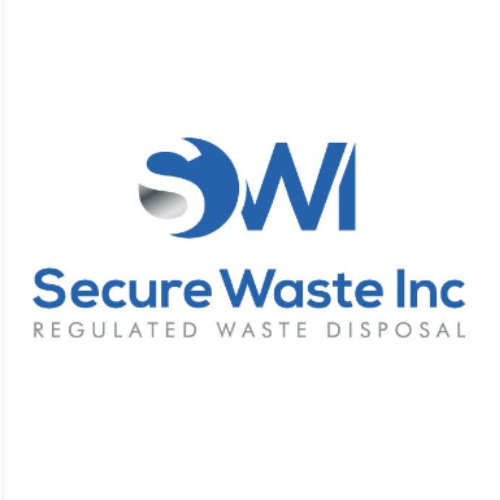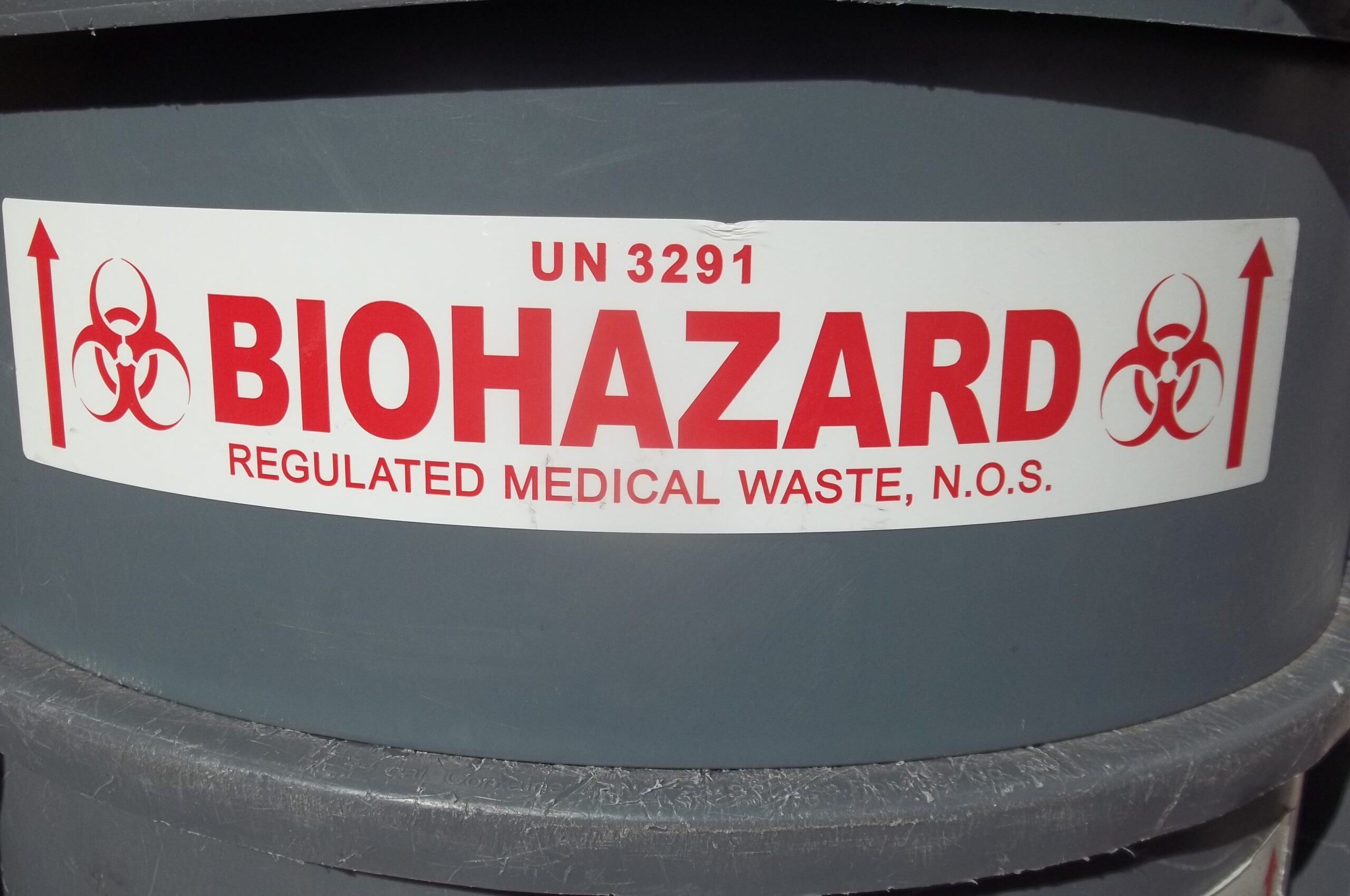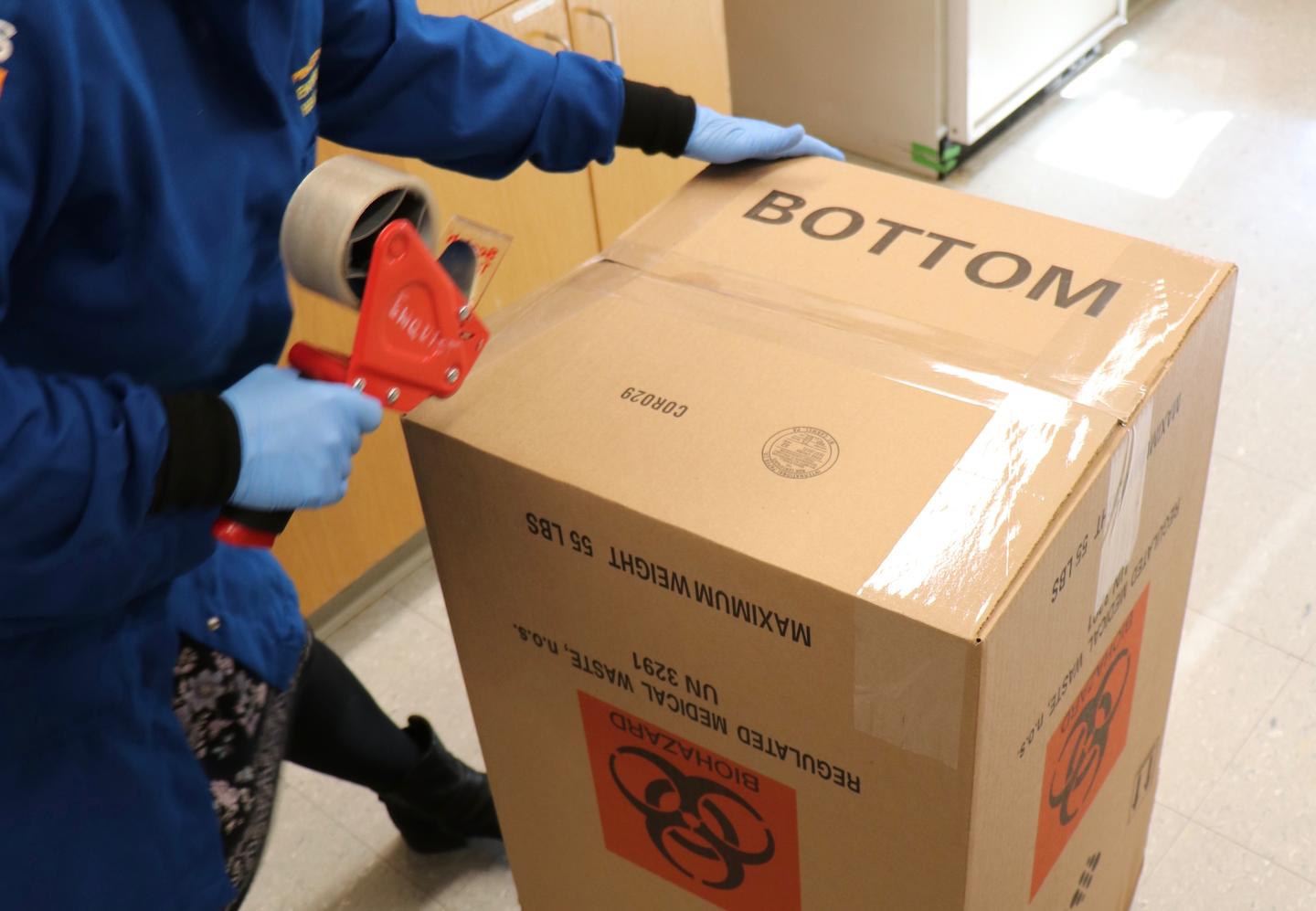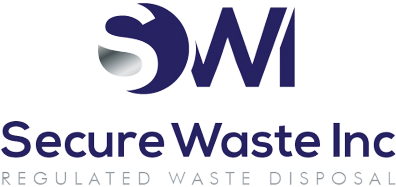Table of Contents
Hazard Vs. Biohazard Waste: Key Differences, Disposal Methods & Regulations
At first glance, a leaking chemical drum and a blood-soaked gauze pad might both trigger the same instinct: danger. But are they dangerous in the same way? Not quite. The line between hazardous and biohazardous waste is one that many people unintentionally blur, often because the differences aren’t immediately obvious. Both hazardous and biohazardous waste originate from distinct sources, present unique risks, and require specialized handling procedures. Misunderstanding the distinction can lead to complications in disposal, compliance issues, or safety concerns. This blog aims to educate healthcare professionals, laboratory staff, industrial workers, waste management personnel, and even everyday consumers on hazard vs biohazard waste, and how to handle and dispose of them according to legal regulations.Why is it Important to Have Knowledge About Hazard and Biohazard Waste?
It is essential to understand the key differences between hazard and biohazard waste for safe and responsible waste management. In healthcare and laboratory settings, improper handling of waste materials can lead to accidental infections or unsafe exposure for staff and patients. In industrial environments, misidentifying chemical waste may result in fires, toxic spills, or equipment damage. Even households generate such waste, expired medications, batteries, or used medical supplies. Without proper knowledge, these waste types are often disposed of incorrectly, leading to violations of local, state, or federal waste management regulations and resulting in hefty fines or legal action.Hazard Vs. Biohazard Waste | Key Differences
The following table provides a detailed comparison of hazard vs biohazard waste, outlining their definitions, characteristics, and key distinctions.| Category | Hazardous Waste | Biohazardous Waste |
| Definition | Any waste that poses a physical, chemical, or toxic threat to humans or the environment | Waste containing biological agents or materials that can cause infection or disease |
| Main Risk | Chemical toxicity, flammability, reactivity, or corrosivity | Infectious diseases, contamination from pathogens |
| Types/Examples | Types of hazardous waste include – paint thinners, batteries, industrial solvents, pesticides, cleaning agents | Some examples of biohazard materials are – Blood, sharps (needles, scalpels), human tissues, cultures, used PPE |
| Source | Manufacturing plants, labs, construction, households, chemical industries | Hospitals, clinics, research labs, pathology labs, and veterinary facilities |
| Appearance | May look like liquids, powders, solids, or gases with no obvious biological material | Often includes blood-stained or visibly contaminated materials |
| Container Type | Sealed containers labeled for chemical hazards (often black or yellow) | Red biohazard bags, sharps containers, and leak-proof containers |
| Storage Conditions | Cool, dry, ventilated areas; avoid heat sources | Refrigerated if biological material is active; strict containment |
| Treatment Methods | Incineration, chemical neutralization, stabilization | Autoclaving, incineration, chemical disinfection |
| Regulating Agencies | EPA, OSHA, DOT | CDC, OSHA, DOT, state/local health departments |
| Labeling Requirement | “Hazardous Waste” label with chemical ID, hazard class | Biohazard symbol, type of material, infection risk level |
| Protective Gear | Gloves, goggles, chemical-resistant clothing | Gloves, face shields, masks, gowns |
| Public Health Concern | Environmental pollution, chemical exposure | Epidemics, disease outbreaks (HIV, Hepatitis B/C, COVID-19, etc.) |
Compliance Tips for Facilities Handling Both Waste Types
Know Who Regulates What
The first step to compliance is understanding the different authorities involved. Hazardous waste management is primarily governed by the Environmental Protection Agency (EPA) under the Resource Conservation and Recovery Act (RCRA). Biohazardous waste management, on the other hand, falls under the oversight of OSHA and the Centers for Disease Control and Prevention (CDC), as well as state and local health departments. Additionally, the Department of Transportation (DOT) regulates the transport of both waste types. It’s critical to follow not just federal rules but also your state’s environmental regulations.Use the Right Containers and Labels
Improper storage or labeling is another common issue. Always store hazardous waste in leak-proof, DOT-approved containers with correct hazard labels and accumulation start dates. Biohazardous materials must be placed in red bags or puncture-resistant sharps containers with the universal biohazard symbol. Keep waste types separate and store them in designated, clearly marked areas to avoid cross-contamination or regulatory violations.Accurately Identify and Classify Waste
Misclassification is one of the most common compliance violations in both industrial and healthcare waste management. Make sure the staff can distinguish between hazardous waste (such as corrosive chemicals or solvents) and biohazardous waste (like blood-soaked bandages or used needles). Use official criteria like the EPA’s waste characteristics and the CDC’s biohazard risk levels. Never assume a material is safe—when in doubt, classify conservatively or seek expert guidance.Respect Time Limits for Storage
Both waste types have strict holding time regulations. Large-quantity generators must dispose of hazardous waste within 90 days, while small-quantity generators may have up to 180 days. Biohazardous waste typically needs to be treated or disposed of within 7 to 30 days. Implement a tracking system to monitor storage timelines and avoid over-accumulation, which could trigger inspections or penalties.Follow Approved Treatment and Disposal Procedures
Compliance doesn’t stop at containment, it extends through final disposal. So, how to dispose of biohazardous waste and hazardous waste? Hazardous waste must be treated via EPA-approved methods such as incineration or chemical neutralization. Biohazardous waste should be autoclaved, incinerated, or chemically disinfected at a licensed medical waste facility. Be sure to maintain full documentation from waste generation to disposal, also known as cradle-to-grave tracking. Keep manifests, shipping receipts, waste profiles, and disposal logs for at least three years or longer, based on local mandates.Train Staff Thoroughly and Perform Internal Audits
Training is more than a one-time requirement. Your training should cover identification, handling, storage, spill response, and proper PPE use. Document every session and keep training records easily accessible for audits. Also, conduct monthly or quarterly audits of your facility’s waste management practices. Check container conditions, labeling accuracy, and storage timelines.Need Help with Hazardous or Biohazardous Waste? We’ve Got You Covered
Looking for reliable hazard or biohazard waste pickup? At Secure Waste, we provide customized services for healthcare facilities, laboratories, and businesses that produce regulated waste, ensuring prompt service and transparent pricing. Every aspect of our waste collection and disposal process is aligned with federal, state, and local regulations, including those set by OSHA, EPA, and the DOT. You can trust us to manage your waste responsibly while keeping your facility audit-ready. Let Secure Waste handle the complex stuff, so you can focus on running your business with confidence. Get in touch with us today at contactus@securewaste.net or call us at 877-633-7328.
Expert Medical Waste Management: With over 25 years of industry experience, Secure Waste is a trusted local leader in hazardous and biohazardous waste disposal across Maryland, Virginia, and Washington, D.C. Specializing in medical waste management, sharps needle disposal, and biohazard waste removal, the company ensures full compliance with federal, state, and local regulations while prioritizing environmental sustainability.
The company also offers additional services, including secure document shredding and sharps container sales, providing comprehensive solutions for healthcare facilities and businesses. Our cost-effective services help clients maintain regulatory compliance without unexpected costs.
With a commitment to customer satisfaction, Secure Waste offers tailored waste management plans that align with industry best practices. Their team of experts provides reliable, timely, and compliant services, making them the preferred choice for medical waste disposal. For a free waste quote or more information, visit www.securewaste.net






